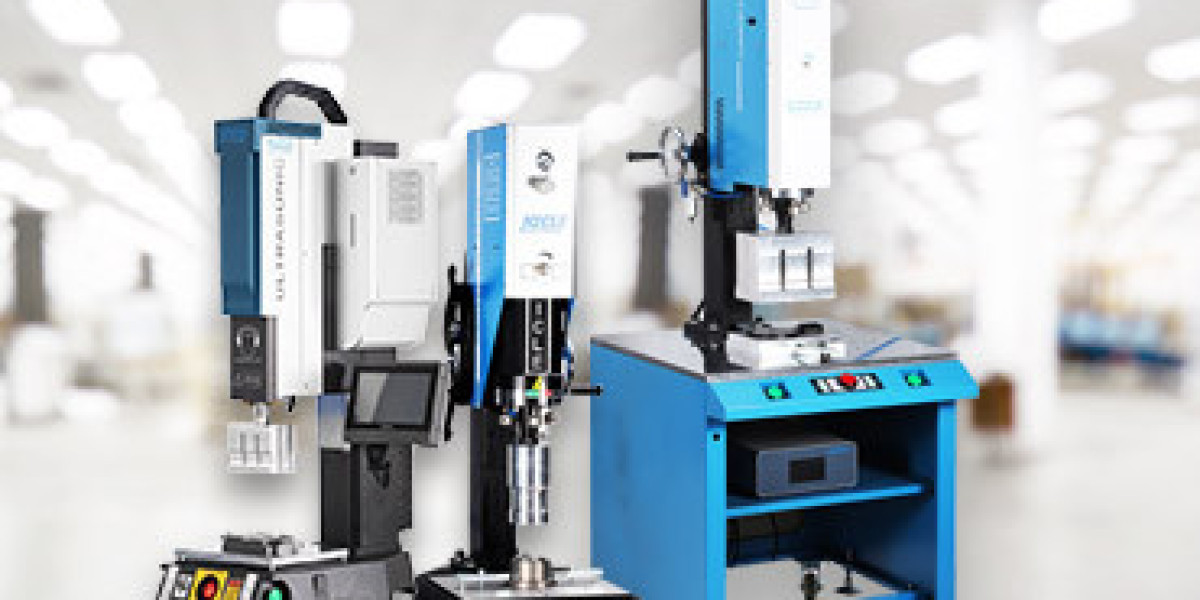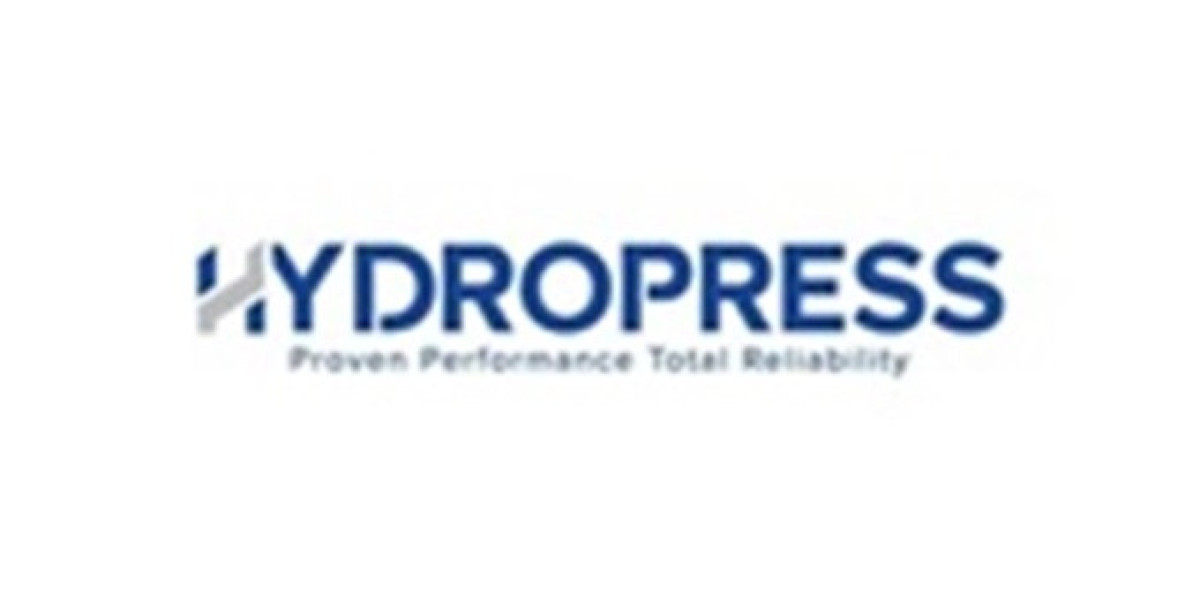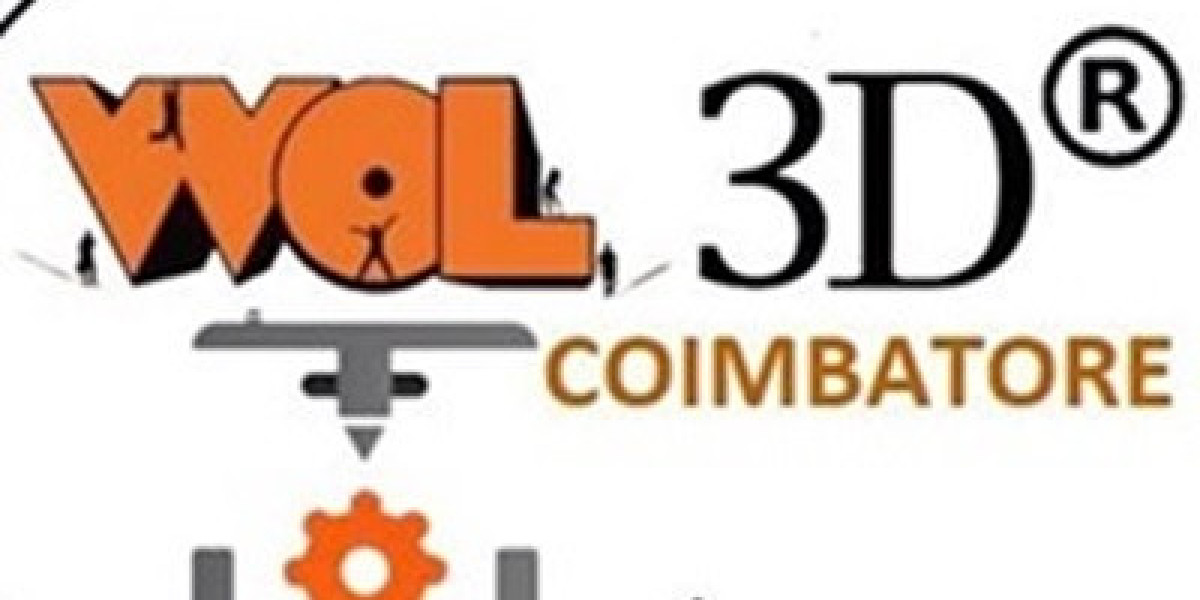Designing flexible plastic products for ultrasonic welding involves addressing unique challenges related to material properties, joint design, and welding parameters.
Introduction
Ultrasonic welding has long been a go-to method for joining rigid plastic components due to its speed, precision, and reliability. However, with the increasing demand for flexible plastic products in various industries, the need to adapt this technology for flexible materials has become crucial. Flexible plastic products such as medical tubing, flexible packaging, and consumer products like water bottles require a welding process that maintains their flexibility and integrity without compromising on strength or functionality. This article explores how to design flexible plastic products that can be effectively joined using
ultrasonic plastic welding techniques.
Understanding Ultrasonic Welding for Flexible Plastics
Ultrasonic welding is a process that uses high-frequency vibrations to generate heat at the joint interface, melting the plastic and creating a strong bond. This method is highly efficient and precise, making it ideal for manufacturing applications where speed and quality are paramount. However, flexible plastics present unique challenges due to their material properties and the need to maintain flexibility after welding.
Design Considerations for Flexible Plastic Products
Material Selection:
Flexibility and Durability: Choose materials that are inherently flexible yet durable. Polyethylene (PE) and polypropylene (PP) are common choices for flexible applications.
Weldability: Ensure the material can be effectively welded using ultrasonic techniques. Some flexible plastics may require specific welding parameters or pre-treatment processes.
Joint Design:
Energy Directors: For ultrasonic welding, energy directors (small ridges that focus the ultrasonic energy) are often used. In flexible plastics, these directors should be designed to concentrate energy without causing excessive material degradation.
Overlap and Seam Design: Flexible products often require overlap or seam designs to ensure airtight or watertight seals. The design should allow for uniform energy distribution across the joint.
Welding Parameters:
Tooling Design:
Horn Design: Custom horns should be designed to match the geometry of the flexible product. The horn should be able to transmit energy uniformly across the joint interface.
Fixtures: Precision fixtures are essential to hold the flexible parts securely during welding, ensuring proper alignment and consistent energy application.
Applications of Ultrasonic Welding in Flexible Plastics
Flexible Medical Tubing:
Precision and Biocompatibility: Ultrasonic welding is used to join medical tubing components, such as IV connectors and catheters. The process ensures clean, precise bonds that meet stringent biocompatibility standards.
Case Study: A medical device manufacturer successfully used ultrasonic welding to join flexible PVC tubing, achieving strong, leak-proof connections.
Flexible Packaging:
Airtight and Watertight Seals: Ultrasonic welding is ideal for creating flexible packaging solutions, such as stand-up pouches and food containers. The process ensures airtight and watertight seals, preserving product freshness and integrity.
Example: A food packaging company used ultrasonic welding to seal flexible PLA-based pouches, resulting in strong, environmentally friendly packaging.
Consumer Products:
Water Bottles and Containers: Ultrasonic welding is used to join flexible plastic components in consumer products like water bottles. The process ensures durable, leak-proof containers.
Case Study: A beverage company used ultrasonic welding to assemble flexible plastic water bottles, achieving high production efficiency and product quality.
Challenges and Solutions in Ultrasonic Welding of Flexible Plastics
Material Deformation:
Challenge: Flexible plastics can easily deform under high pressure or prolonged exposure to heat.
Solution: Optimize welding parameters to minimize deformation. Use lower frequencies and shorter welding times to reduce heat exposure.
Uniform Energy Distribution:
Challenge: Ensuring uniform energy distribution across flexible joints can be difficult, especially in complex geometries.
Solution: Design custom horns and fixtures that can evenly distribute ultrasonic energy. Use overlap or seam designs to enhance uniformity.
Moisture Sensitivity:
Challenge: Some flexible plastics, like polyethylene, are sensitive to moisture, which can interfere with the welding process.
Solution: Pre-dry the materials before welding to reduce moisture content. Use protective coatings or barriers to minimize moisture exposure.
Conclusion
Designing flexible plastic products for ultrasonic welding involves addressing unique challenges related to material properties, joint design, and welding parameters. By selecting appropriate materials, optimizing tooling design, and carefully tuning the welding process, manufacturers can create flexible, high-quality products. Applications in flexible medical tubing, packaging, and consumer products demonstrate the versatility and reliability of ultrasonic welding in modern manufacturing. As technology continues to advance, ultrasonic welding will remain a key technique for producing flexible plastic products that meet the demands of today's eco-conscious and performance-driven markets.








